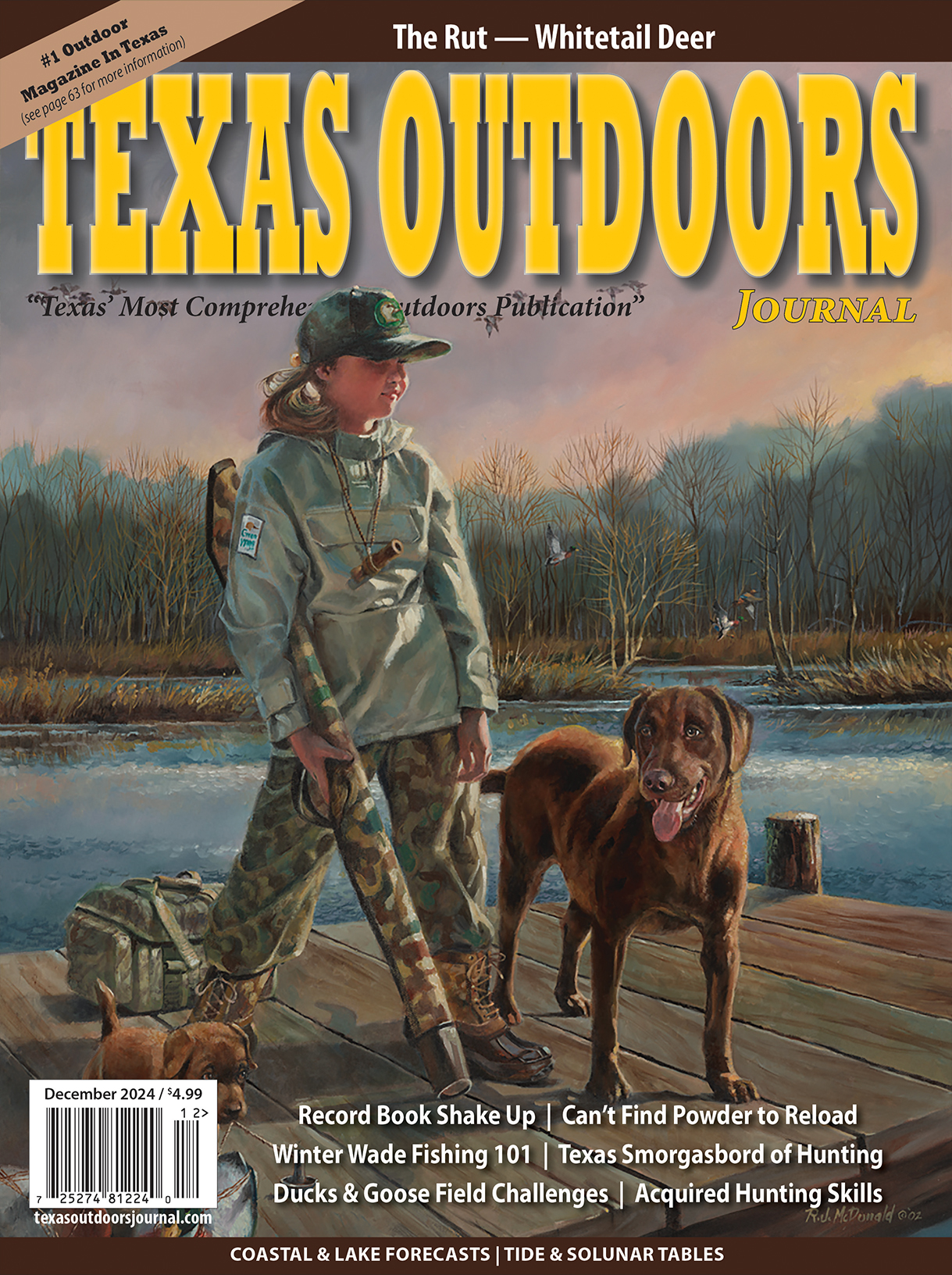
Biologists See More Impacts to Texas Bats from Deadly Disease
AUSTIN — During recent cave surveys and routine white-nose syndrome (WNS) monitoring, biologists found evidence of WNS in tri-colored bats. This is the first known case of WNS in tri-colored bats in Texas and is the southernmost confirmation of WNS in this species.
The fungus that causes the development of WNS, P. destructans, was also present on three new species of bats in Texas that have previously not been tested, or had not previously tested positive, for the fungus — fringed myotis, long-legged myotis and canyon bats.
This is the first time that canyon bats have tested positive for the fungus anywhere in the country.
Since several bat species are known carriers of the fungus, the presence of P. destructans does not mean a bat is positive for WNS. Positive cases are only confirmed once a bat has contracted the disease.
P. destructans is a cold-adapted fungus that occurs in hibernating bat species and is not a risk to people or other wildlife. Other species of bats that do not hibernate, such as the Mexican free-tailed bat, can carry P. destructans but do not develop WNS. Although P. destructans fungus has been present on bats in Texas since 2017, the first confirmed case of a P. destructans infection resulting in WNS in Texas occurred in 2020, when dozens of cave myotis were found dead in Central Texas.
Since P. destructans is categorized as a cold-loving fungus, the impacts of WNS on southern populations of susceptible species has been a topic of significant speculation.
“Some researchers hypothesized that populations in warmer climates may not develop WNS, or may not experience the same level of impact, as their more northern counterparts,” said Jonah Evans, Non-game and Rare Species Program Leader for the Texas Parks and Wildlife Department (TPWD). “Unfortunately, with the development of WNS in cave myotis in Central Texas in 2020, and these most recent reports in tri-colored bats, hopes that WNS may not develop or significantly impact some WNS-affected species in southern regions, have been upended. Nevertheless, while the detections are a concerning development, the severity of the disease in this region and for this species remains unknown and requires continued surveillance.”
The development of P. destructans in canyon bats, however, holds significant implications for the spread of the WNS across the species’ range, which extends across a vast portion of the western United States, said Samantha Leivers, Ph.D., state bat specialist with TPWD.
“Due to our limited knowledge of canyon bat ecology and behavior in Texas, it is unknown whether canyon bats will act only as a carrier of P. destructans, or whether they may be affected by WNS,” Leivers said. “Regardless, this development certainly alters our understanding of the spread of P. destructans and the species that may be affected by WNS.”
One cursory field-testing technique for the presence of P. destructans consists of UV light scans. Since the fungus glows orange when present on bats, this technique signals the need for further testing to confirm disease presence.
Two of the three affected tri-colored bats in Kendall County were collected and sent for testing at the U.S. Geological Survey National Wildlife Health Center. Both bats tested positive for P. destructans and WNS was histologically confirmed in one bat.
In Brewster County, two fringed myotis showed signs of P. destructans when inspected with UV light. Swabs for both bats returned positive. This is the first report of the fungus being present in fringed myotis in Texas, and the species has now been classified as WNS suspect in Texas.
During routine monitoring in Jeff Davis County, four canyon bats and 12 long-legged myotis were swabbed to test for P. destructans. One canyon bat tested positive. This is the first recorded report of the P. destructans fungus in North America on this species. Additionally, two long-legged myotis tested positive for the fungus, marking the first occurrence of P. destructans in this species in Texas.
Through support from the U.S. Fish and Wildlife Service and the National Fish and Wildlife Foundation, TPWD has funded research projects with Bat Conservation International, the Texas A&M Natural Resources Institute and Texas State University to study bats, the fungus and possible treatments.
More information about WNS can be found on the TPWD website at https://tpwd.texas.gov/huntwild/wild/diseases/whitenose/.








